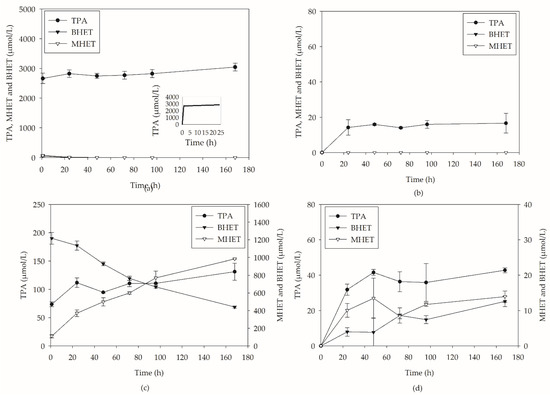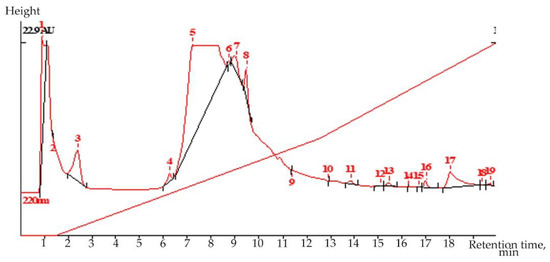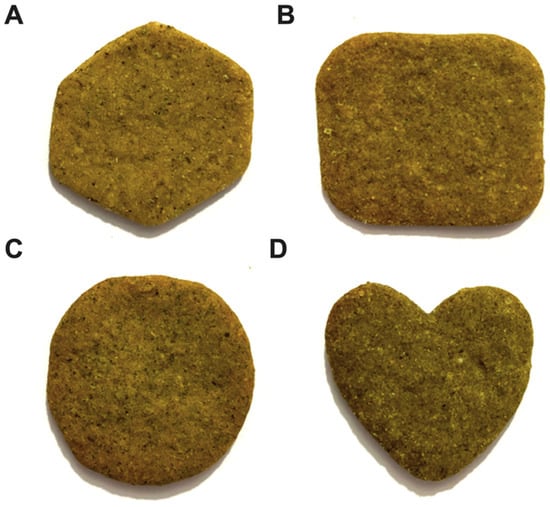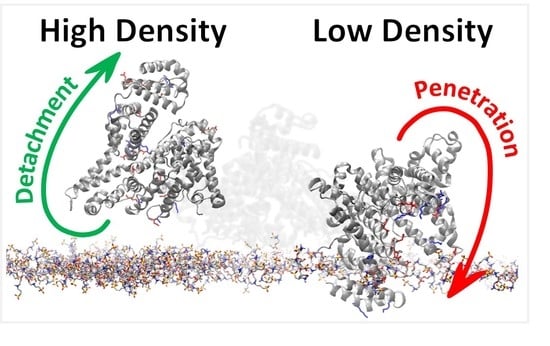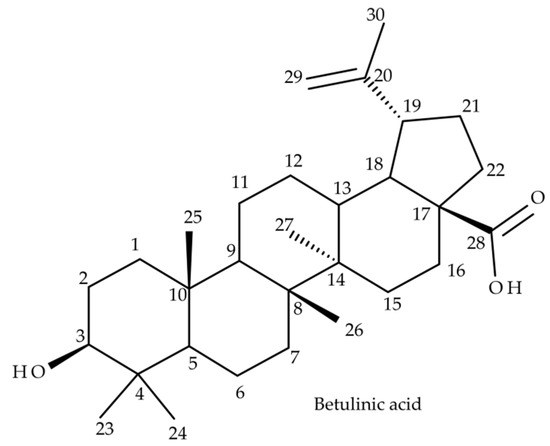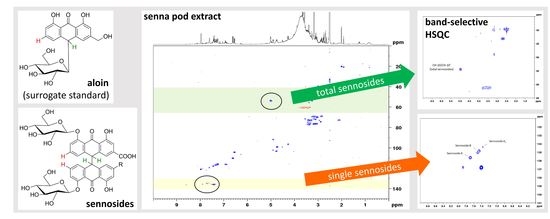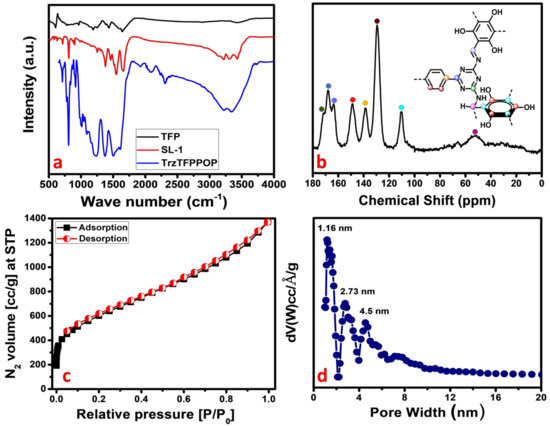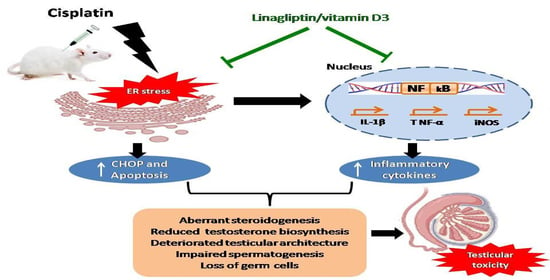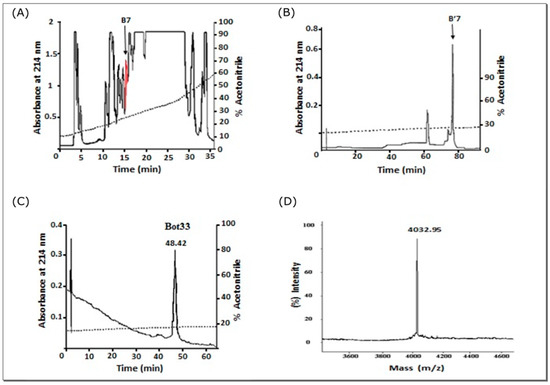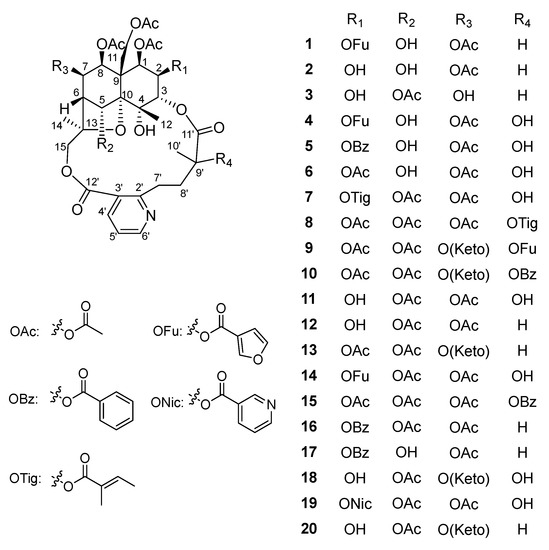Molecules 2022, 27(21), 7506; https://doi.org/10.3390/molecules27217506 - 3 Nov 2022
Cited by 7 | Viewed by 2491
Abstract
Lectins are a heterogeneous group of proteins that reversibly bind to simple sugars or complex carbohydrates. The plant lectin purified from the seed of Parkia platycephala (PPL) was studied. This study aimed to investigate the possible orofacial antinociceptive of PPL lectin in adult
[...] Read more.
Lectins are a heterogeneous group of proteins that reversibly bind to simple sugars or complex carbohydrates. The plant lectin purified from the seed of Parkia platycephala (PPL) was studied. This study aimed to investigate the possible orofacial antinociceptive of PPL lectin in adult zebrafish and rodents. Acute nociception was induced by cinnamaldehyde (0.66 μg/mL), 0.1% acidified saline, glutamate (12.5 µM) or hypertonic saline (5 M NaCl) applied into the upper lip (5.0 µL) of adult wild zebrafish. Zebrafish were pretreated by intraperitoneal injection (20 µL) with vehicle (Control) or PPL (0.025; 0.05 or 0.1 mg/mL) 30 min before induction. The effect of PPL on zebrafish locomotor behaviour was evaluated in the open field test. Naive groups were included in all tests. In one experiment, animals were pre-treated with capsazepine to investigate the mechanism of antinociception. The involvement of central afferent C-fibres was also investigated. In another experiment, rats pre-treated with PPL or saline were submitted to the temporomandibular joint formalin test. Other groups of rats were submitted to infraorbital nerve transection to induce chronic pain, followed by induction of mechanical sensitivity using von Frey. PPL reduced nociceptive behaviour in adult zebrafish, and this is related to the activation of the TRPV1 channels since antinociception was effectively inhibited by capsazepine and by capsaicin-induced desensitization. PPL reduced nociceptive behaviour associated with temporomandibular joint and neuropathic pain. The results confirm the potential pharmacological relevance of PPL as an inhibitor of orofacial nociception in acute and chronic pain.
Full article
(This article belongs to the Special Issue Pharmacology of Natural Product)
►
Show Figures

